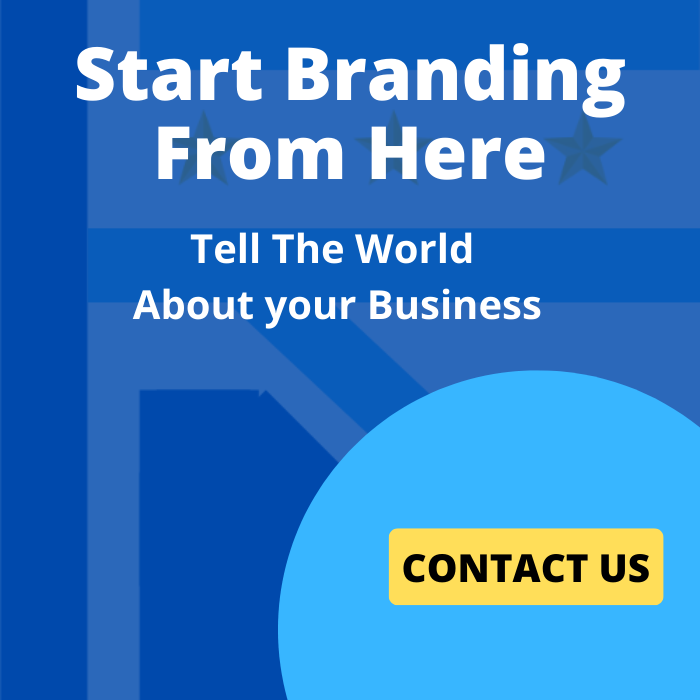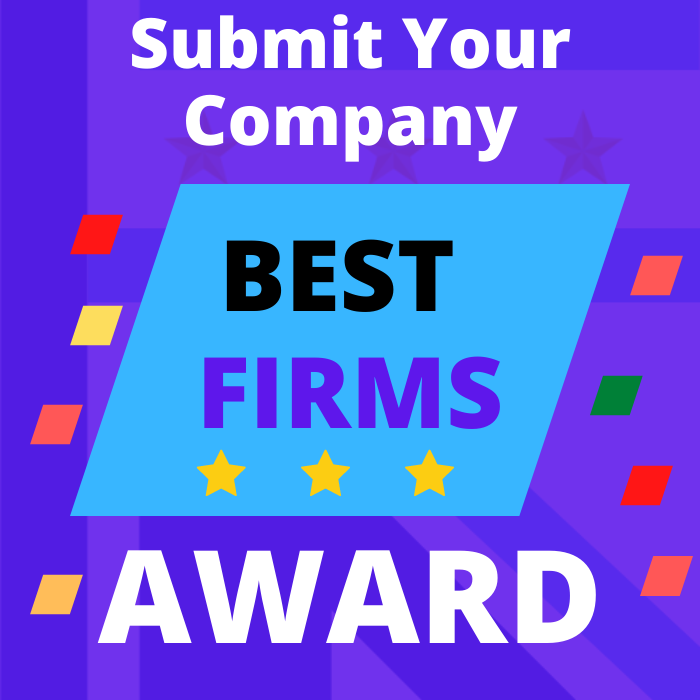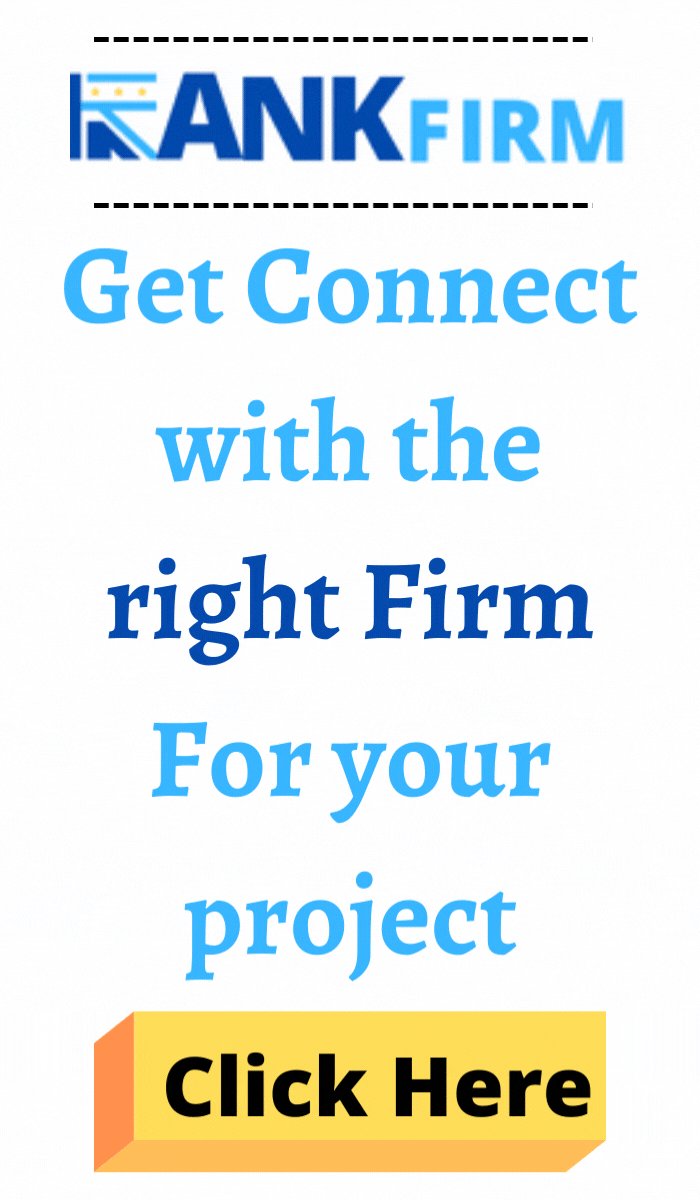
Top Landing Page Design Companies
A well-designed landing page is essential for maximizing conversions and driving business growth. Our list of top landing page design companies features industry-leading agencies that specialize in creating high-performing, visually appealing, and user-friendly landing pages. These companies are chosen based on client reviews, expertise, and proven success in delivering optimized designs for various industries. Whether you’re looking to boost lead generation, increase sales, or improve user engagement, our curated selection helps you find the perfect agency for your needs. Compare the best firms and choose a partner that aligns with your business goals for impactful digital marketing success.
List of the Best Landing Page Design Agencies | Top Landing Page Design Companies in the World

-
Employees: 1,000 - 9,999
-
Min. Project amount: $5,000+
-
Country: Seoul, South Korea

NirvanaXp Inc.
-
Employees: 51-100
-
Min. Project amount: $25000
-
Country: Henderson, NV

WebDesk Solution
-
Employees: 1 - 50
-
Min. Project amount: $1,000 - $10,000
-
Country: NY, USA
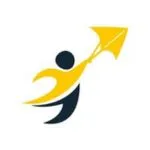
Bluell
-
Employees: 11 to 50
-
Min. Project amount: $5,000+
-
Country: CHEYENNE, WY
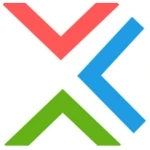
Designers X
-
Employees: 11 to 50
-
Min. Project amount: $10,000+
-
Country: Florida, United States

A3Logics Inc.
-
Employees: 251 to 500
-
Min. Project amount: $1,000+
-
Country: California, USA
DevsNet
-
Employees: 10 to 49
-
Min. Project amount: Undisloced
-
Country: Dhaka, Bangladesh
Flatworld Solutions
-
Employees: 1000+
-
Min. Project amount: $1,000+
-
Country: Bengaluru, India
Studio.351
-
Employees: 11 to 50
-
Min. Project amount: $1,000+
-
Country: Lisboa, Portugal
Webs Leagues
-
Employees: 50 to 249
-
Min. Project amount: $1,000+
-
Country: Aiken, SC
1.What Should I Look for When Choosing a Landing Page Design Company?
Selecting the right landing page design company is crucial to ensuring high conversions and a seamless user experience. Here are the key factors to consider:
1. Experience and Portfolio
Review their past work to assess design quality and creativity.
Check if they have experience in your industry or niche.
Look for case studies showcasing successful landing page projects.
2. Expertise in Conversion Optimization
Do they follow best practices for UX/UI design?
Can they implement A/B testing to improve conversions?
Do they understand user behavior and persuasive design techniques?
3. Custom vs. Template-Based Designs
Do they create custom landing pages tailored to your brand and goals?
Do they offer fully responsive and mobile-optimized designs?
Can they modify and optimize existing landing pages?
4. Integration with Marketing Tools
Can they integrate the landing page with CRM systems, email marketing tools, and analytics platforms?
Do they support third-party integrations like HubSpot, Google Analytics, and Facebook Pixel?
5. Pricing and Packages
Do they offer fixed pricing, hourly rates, or custom quotes?
What’s included in their packages—design, development, testing, and revisions?
Are there any hidden costs for maintenance, updates, or additional features?
6. Client Reviews and Testimonials
Read customer feedback on platforms like Clutch, Trustpilot, or Google Reviews.
Check for testimonials on their website and social media.
Look for feedback on responsiveness, communication, and project success.
7. Post-Launch Support and Maintenance
Do they provide ongoing support, updates, and troubleshooting?
Will they help with landing page performance monitoring and optimization?
Do they offer scalable solutions as your business grows?
By evaluating these factors, you can find a landing page design company that aligns with your business goals and delivers high-converting pages
2.How Much Does It Cost to Hire a Landing Page Design Agency?
The cost of hiring a landing page design agency varies based on several factors, including design complexity, customization, integrations, and the agency’s expertise. Below is a breakdown of pricing structures and factors that influence the cost.
1. Pricing Models Used by Landing Page Design Agencies
Fixed Pricing: A one-time cost for a complete landing page project, typically ranging from $500 to $5,000.
Hourly Rates: Agencies charge between $50 to $200 per hour, depending on their expertise and location.
Monthly Retainer: For ongoing optimization and A/B testing, retainer packages start from $1,000 per month.
2. Cost Based on Design Complexity
Basic Landing Page: Template-based designs with minimal customization cost around $500 to $1,500.
Custom Landing Page: Fully tailored design with brand-specific elements ranges from $1,500 to $5,000.
Advanced Landing Page: Interactive elements, animations, and high-level UX/UI designs can go up to $10,000 or more.
3. Additional Costs to Consider
Copywriting & Content Creation: $200 – $1,500
Custom Graphics & Illustrations: $300 – $2,000
A/B Testing & Optimization: $500 – $3,000 per month
Third-Party Integrations (CRM, Analytics, Email, etc.): $500 – $3,000
Ongoing Maintenance & Updates: $50 – $500 per month
4. Factors That Influence the Cost
Agency Reputation & Experience: Top-tier agencies charge a premium.
Number of Revisions & Custom Features: More customizations mean higher costs.
Project Timeline: Urgent projects may incur rush fees.
5. Budget Considerations for Different Business Sizes
Startups & Small Businesses: $500 – $3,000
Mid-Sized Businesses: $3,000 – $7,000
Large Enterprises & E-commerce Brands: $7,000 – $15,000+
Hiring a landing page design agency is an investment that impacts lead generation and conversion rates. It’s essential to balance budget, quality, and ROI to choose the right agency for your needs.
3.How Long Does It Take to Design and Launch a Landing Page?
The timeline for designing and launching a landing page depends on various factors such as complexity, customization, content availability, and revisions. Here’s a breakdown of how long the process typically takes:
1. General Timeline Estimates
Basic Landing Page (Template-Based): 3 to 7 days
Custom Landing Page (Moderate Design & Features): 1 to 3 weeks
Advanced Landing Page (Custom UX/UI, Integrations, Animations): 3 to 6 weeks
2. Key Stages of Landing Page Design & Development
A. Discovery & Planning (1–3 Days)
Define goals, target audience, and key messaging
Select a design approach (template or custom)
Choose necessary integrations (CRM, analytics, email marketing)
B. Wireframing & Design Mockups (3–7 Days)
Create initial layout and structure
Develop mockups for approval
Gather client feedback and refine design
C. Content Creation & Copywriting (5–10 Days)
Write persuasive headlines, descriptions, and CTA buttons
Optimize for SEO and conversions
Proofreading and client approval
D. Development & Implementation (7–14 Days)
Convert design into a working webpage
Add interactive elements, animations, and forms
Integrate analytics, tracking, and third-party tools
E. Testing & Optimization (3–7 Days)
Perform A/B testing for layouts, CTAs, and copy
Check for mobile responsiveness and browser compatibility
Ensure fast loading speed and bug fixes
F. Final Review & Launch (1–3 Days)
Get final client approval
Deploy on the live server
Monitor performance and make final adjustments
3. Factors That Affect the Timeline
Design Complexity: Simple pages take less time, while highly interactive pages require longer development.
Content Readiness: Delays in content creation (copy, images, videos) can extend the timeline.
Revisions & Approvals: More rounds of feedback and revisions add extra days or weeks.
Technical Integrations: Connecting with CRM, payment gateways, and third-party apps can take additional time.
4. Expedited Landing Page Development Options
Rush Projects: Some agencies offer 48- to 72-hour turnaround times for an additional cost.
Pre-Designed Templates: Using pre-built themes can speed up the process significantly.
In general, a well-planned landing page can be designed and launched in 1 to 4 weeks, depending on customization and complexity.
4.What Key Elements Make a Landing Page High-Converting?
A high-converting landing page is designed to capture user attention, build trust, and drive action. Below are the key elements that contribute to an effective and conversion-focused landing page:
1. Clear and Compelling Headline
The first thing visitors see; should communicate value instantly.
Keep it concise, benefit-driven, and engaging.
Example: “Boost Your Sales by 300% with Our AI-Powered Marketing Tool”
2. Persuasive Subheadline
Supports the main headline by adding more context.
Should reinforce the unique value proposition.
Example: “Join 5,000+ businesses using our platform to grow faster.”
3. Strong Call-to-Action (CTA)
Clear, action-oriented, and visually distinct.
Phrases like “Get Started for Free” or “Book a Demo Now” work well.
CTA buttons should be high-contrast and strategically placed.
4. Engaging Visuals and Media
High-quality images, videos, or animations to capture interest.
Videos explaining the product/service can boost conversions by 86%.
Ensure visuals align with the brand and messaging.
5. Trust Signals and Social Proof
Customer Testimonials: Showcase reviews and success stories.
Case Studies & Data: Highlight quantifiable results.
Logos & Trust Badges: Display media mentions, security certifications, or partner brands.
User Count: Phrases like “Trusted by 10,000+ Businesses” enhance credibility.
6. Benefit-Focused Copywriting
Focus on how the product/service solves problems rather than just features.
Use bullet points for quick readability.
Example:
✅ Save Time with automation
✅ Increase Revenue with AI-powered insights
✅ Boost Engagement through personalized campaigns
7. Simple and Optimized Lead Capture Form
Only ask for essential information (Name, Email, Phone, etc.).
Reduce friction by offering autofill, social sign-in, or one-click registration.
Use multi-step forms for better engagement.
8. Mobile Responsiveness
Ensure the page is optimized for all devices.
Mobile-friendly designs should have larger buttons, easy navigation, and quick load times.
9. Fast Loading Speed
A delay of just 1 second can reduce conversions by 7%.
Compress images, use caching, and minimize scripts for speed.
10. Exit-Intent Popups & Retargeting
Offer a last-minute incentive (discount, free trial) before users leave.
Use retargeting ads for visitors who don’t convert immediately.
By integrating these key elements, you can maximize engagement, build trust, and drive higher conversions on your landing page.

